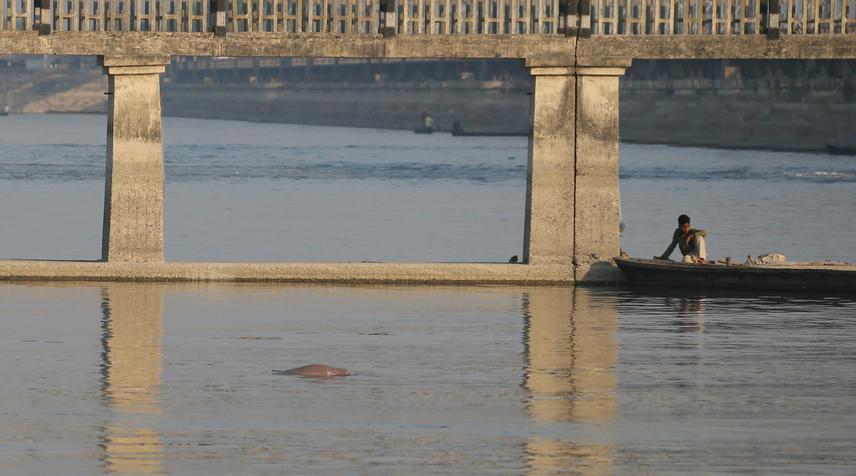Shambhu Paudel
Other projects
23 Oct 2014
Examining Ecological Factors Influencing Distribution, Abundance and Surfacing Behaviours of Endangered Dolphins in Major River Systems of Nepal
15 Apr 2016
Managing Human-Affected Rivers for Fisheries and Endangered River Dolphin Conservation in Nepal
This study will assess the status and habitat condition, during low water season, of the Ganges River Dolphin using systematic approaches in Nepal required for developing “Dolphin Recovery Action Plan in Nepal” and raise awareness/stewardship among local people to conserve prime habitats.

Ganges River dolphins Platanista gangetica have been studied in many areas; however, less is known about upstream populations and their habitat in Nepal. Once distributed within the four river systems of Nepal, they may now be found only in the Karnali and Sapta Kosi River. These small populations may go extinct in the near future unless effective conservation initiatives are started. Current information is needed to develop an informed action plan or national river dolphin recovery plans in Nepal. Paudel (2012) reported that Ganges River dolphins in Nepal will be the first to disappear from their range if the existing scenario continues and no conservation initiatives are started. He further mentioned that lack of interest from concerned authorities and poor systematic documentation are major impediment for conserving this species. In the same line, Janwali et al. (2011) while updating the status of Nepal’s mammals urged that within the ten years remaining dolphins (< 20 adult dolphins in Nepal) will be extinct if no actions are taken. Therefore, it can be believed that lack of detail information on the current situation of these existing questionably viable populations contributed indirectly to its potential extinction. Thus, it is imperative to better understand its population status and their available habitat character, with threats and drivers of decline and socio economic status of fisherman living near to these river systems, to develop comprehensive action plan in Nepal river system.
Deliverables of the project will be useful for field-level conservation planning of remaining dolphin population and its prime habitat which are commonly shared with fisherman. Department of National Park and Wildlife Conservation, responsible government body for wildlife conservation, and other its partner organizations like WWF/Nepal, NTNC and IUCN will use the information for conservation initiatives and to update their status in IUCN category. Importantly, information reported by this project will act as touchstone for the preparation of a River Dolphin Recovery Action Plan in Nepal.